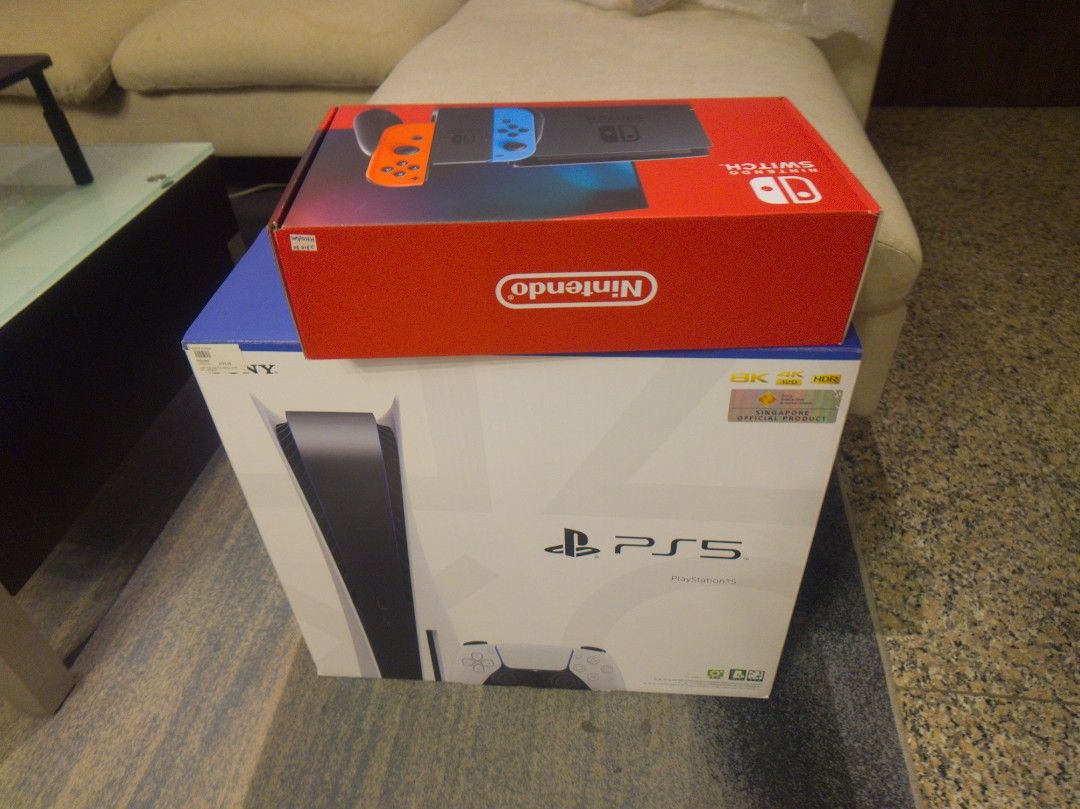I have a cost analysis post I keep half writing then deleting, so I had this data on hand.
In 2016, when the Switch was manufacturing,
eMMC chips were $2.25 apiece, with each module storing 64 giga
bits. The 32GB of eMMC storage would have cost Nintendo $9.
Switch NG's storage is almost definitely UFS 3.1. I don't have any direct UFS 3.1 data, because it's purely an internal part. But we can make a good guess - both Kioxia (formally Toshiba, the manufacturer of the Switch's eMMC) and Micron make SSDs and UFS storage, and explicitly advertise that the NAND storage in the two is identical, it's just interface and packaging.
Looking at their
consumer products, prices tend to float around $0.06 per GB. I imagine that this doesn't reflect a Nintendo's cost, which should be lower, but for the sake of simplicity, let's say it does.
128GB of storage would cost $7.68. 256GB $15.36, and 512GB $30.72.



